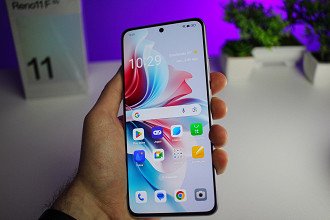Android smartphone makers are now increasing software support for their devices, with some offering up to 7 years of updates like the Galaxy S24 series. Google aims to improve this support standard through its new Longevity GRF initiative.
What does GRF stand for?
It is crucial to comprehend the meaning of GRF, which stands for “Google Requirements Freeze,” introduced by Google in 2020 to simplify the provision of three years of Android updates for chip manufacturers like Qualcomm and MediaTek.
GRF complies with “Project Treble,” a structural modification implemented by Google in 2017 to segment Android into two parts: the lower-level vendor software and the Linux kernel.
Project Treble made it easier for smartphone manufacturers to update Android, but it also made things more complicated for chip suppliers as they had to support devices with different Android versions.
Google promised to stop requiring smartphone manufacturers to send updated vendor software with every Android update by freezing the software requirements of the chip vendor.
Manufacturers could use chip vendor software across different Android versions and maintain Google certification without needing to update their software for new standards for up to three years, lowering engineering expenses.
What is different with Longevity GRF?

GRF’s current policy permits the reuse of chip vendor software for just three main Android updates, but the Longevity GRF initiative aims to alter this for multiple reasons.
If a manufacturer wants to provide additional versions of a device with a chipset under the GRF, they would need to pay for extended support from the supplier or put in effort to update the software, potentially excluding some brands.
Google aims to encourage more companies, like Samsung, to provide seven years of operating system updates through the Longevity GRF program.
Longevity GRF enables chip vendor software to be utilized across seven key iterations of Android instead of three. This implies that a device released with a processor designed for Android 15 can continue to use the same software through updates up to Android 22.
The Snapdragon 8 Elite, recently unveiled by Qualcomm, is the initial chipset in a new program guaranteeing seven Android updates for upcoming smartphones using it, as long as the manufacturer agrees to this commitment.
Source

Deixe um comentário